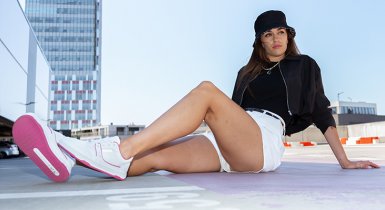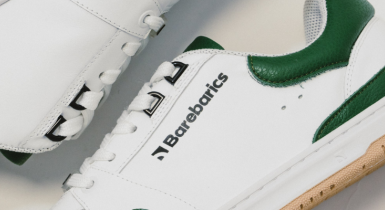How to tell if you’re wearing the wrong shoes?
You won’t get rid of foot pain until you put on the right sneakers. In this article, we’ll reveal what your feet actually go through when they don’t get enough space and share a few tips on how to prevent pain from shoes.
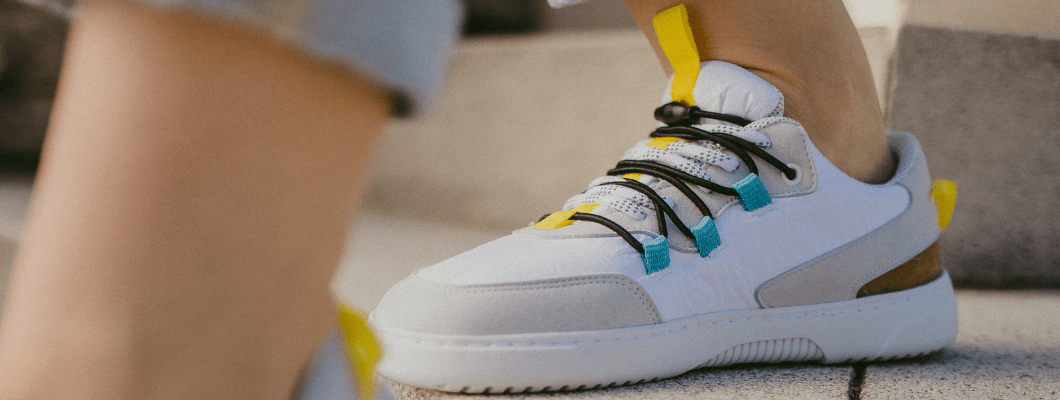
Table of contents
Do your feet hurt from your shoes?
If you start limping after a whole day in tight shoes, don’t ignore it. Your feet are trying to tell you it’s time for a change. Warning signs include ball of foot hurts, pain on the bottom of your foot (most often in the heel or arch), tension in your calves, numbness in your toes, or recurring blisters in the same spot.
How does the wrong footwear affect your body?
- Squeezing your feet into tight shoes affects your overall posture and balance.
- Your spine tries to compensate for problems starting at your feet, which can lead to back and neck pain.
- Foot muscles weaken, reducing stability while walking and increasing the risk of tripping or other injuries.
- Limited contact between your feet and the ground disrupts nerve connections, often showing up as fatigue or loss of coordination.
- Wearing the wrong shoes for a long time can even influence your breathing and head posture.
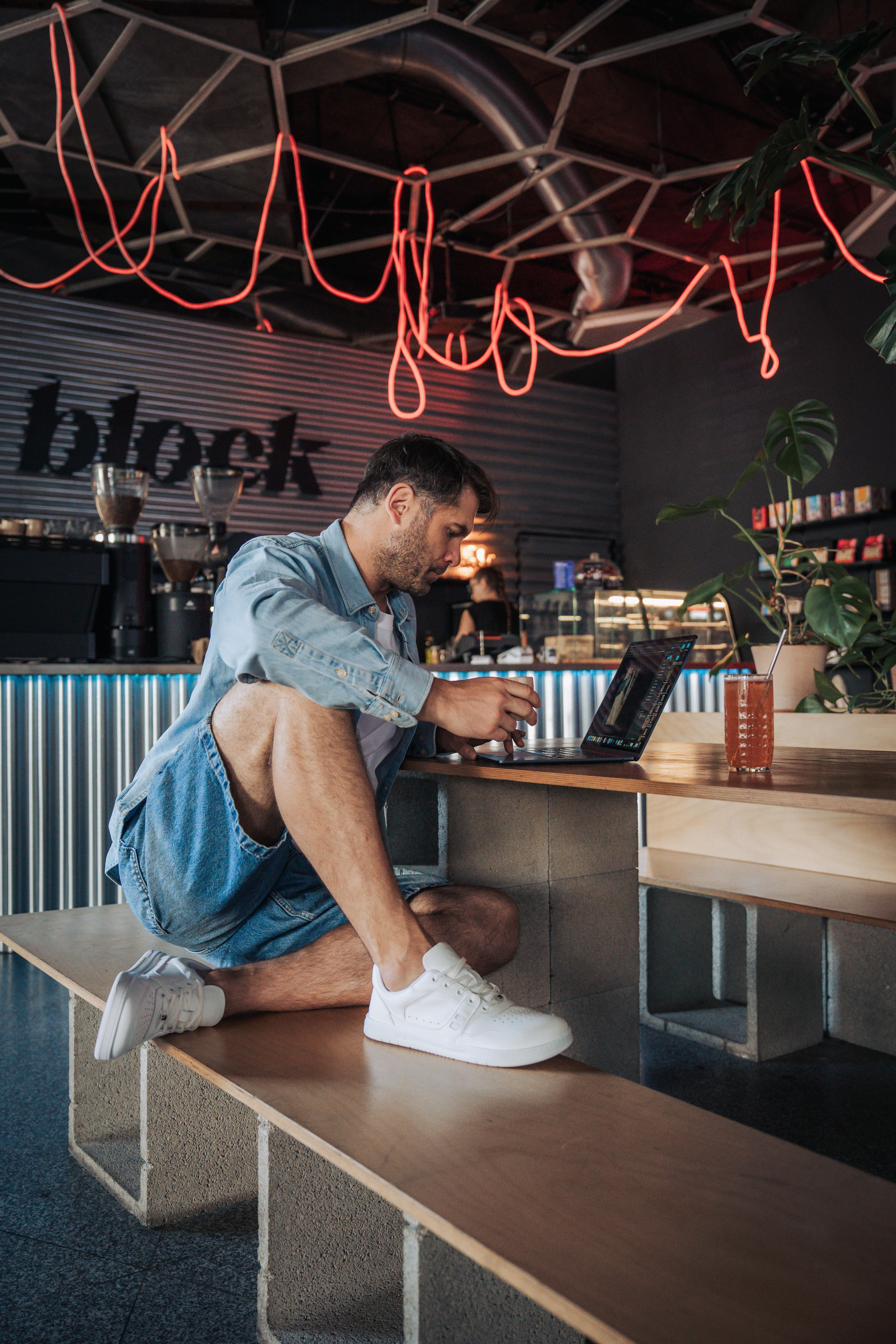
What makes a shoe a bad choice?
Shoe feature: | Why it’s harmful: |
Narrow | Forces the toes together, reduces stability and can lead to foot deformities. |
Stiff sole | Restricts movement and prevents the natural flex of the foot. |
Heel | Disrupts the body’s natural alignment, straining calf muscles and the spine. |
Lack of space | Toes can’t spread out naturally, which affects your balance. |
Cushions and support | Foot muscles become lazy, losing strength and stability. |
How to choose the right shoes for sensitive feet
- A flat sole without a heel reduces pressure on both the heel and the ball of the foot.
- A flexible sole allows natural movement while also activating the muscles.
- A wide toe box gives your toes space to spread and prevents them from being squeezed.
- Soft, adaptive materials reduce pressure points and help prevent blisters.
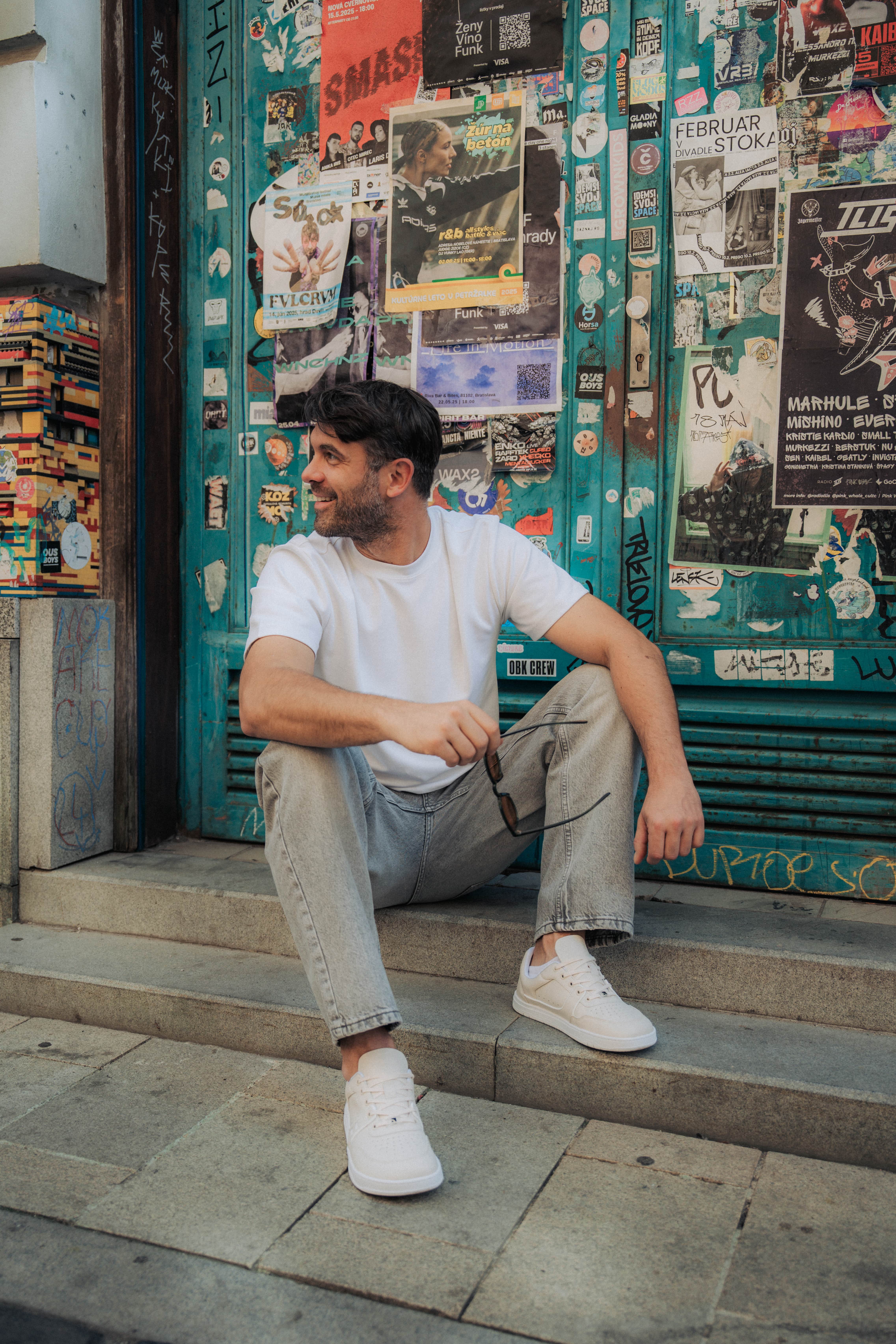
Why minimalist footwear work better than traditional shoes
Barefoot sneakers don’t take control away from your feet – they give it back. They activate muscles that regular shoes switch off, improving posture, stability and even breathing. With toes free and in direct contact with the ground, your nervous system gets the natural stimulation it craves. After just a few weeks of wearing them, your feet can grow stronger and your walk more natural. If you’re curious how long it takes to transition to minimalist footwear and what to expect along the way, check out our blog post How long does the barefoot transition take?
Find your size with our size guide
Explore the latest collection of barefoot sneakers
Contact us if you need advice
Sources
- Xu J., Saliba S. A., Jaffri A. H. The Effects of Minimalist Shoes on Plantar Intrinsic Foot Muscle Size and Strength: A Systematic Review. International Journal of Sports Medicine, 2023.
- Effects of foot core exercises and minimalist footwear on foot… ScienceDirect, 2025.
- Study on the impact of minimalist shoes on stability in older women. Journal of Foot and Ankle Research, 2023.
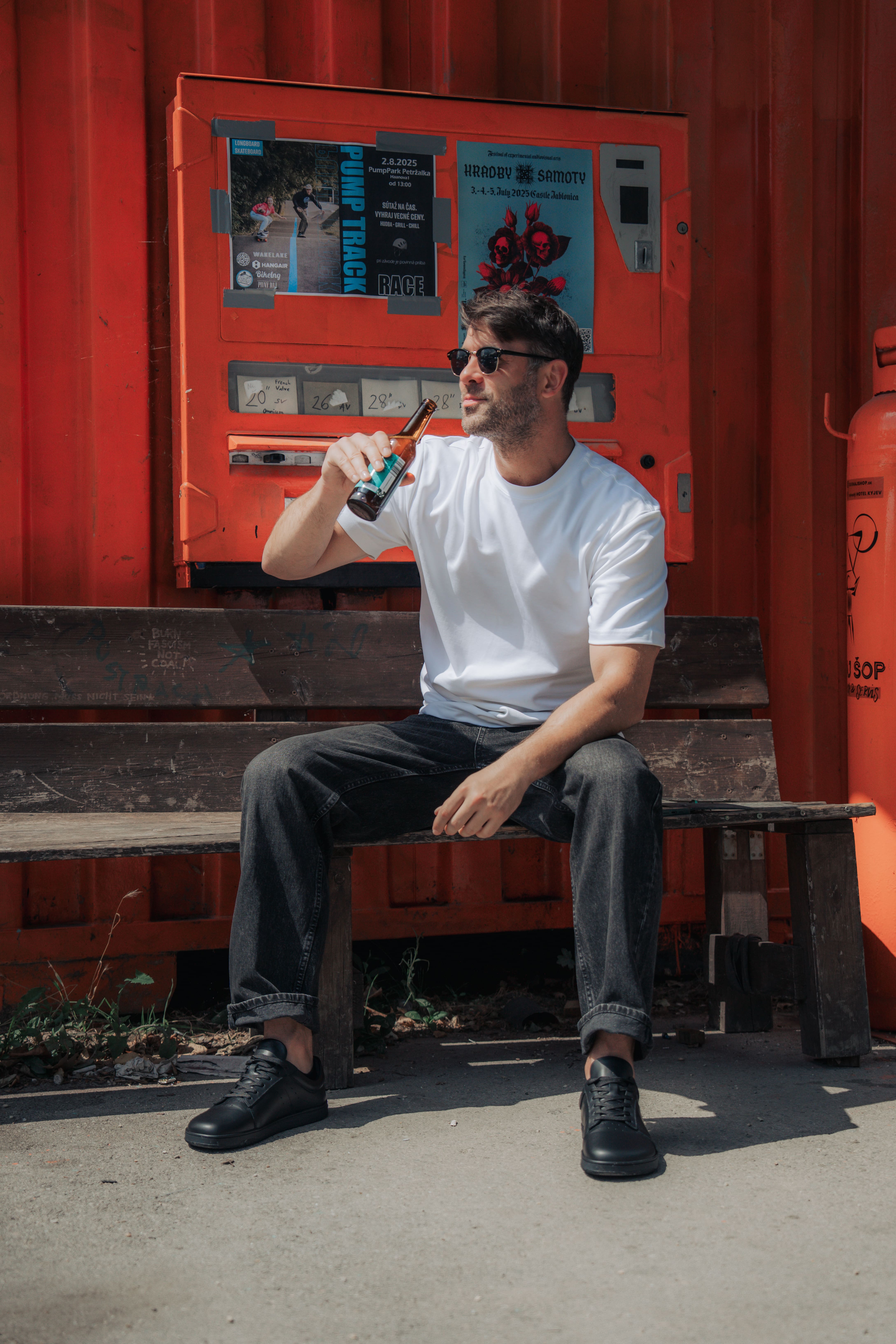
FAQ
What causes pain on the bottom of the foot?
+ -Most often it’s the result of wearing the wrong shoes – a stiff sole, heels, or not enough room for your toes.
What shoes help with foot pain?
+ -Shoes with a flexible sole, a flat step, and plenty of space for your toes – in other words, minimalist footwear.
Can minimalist footwear really help?
+ -Yes. Research shows they can improve posture, increase stability, and activate more muscles in your feet.


